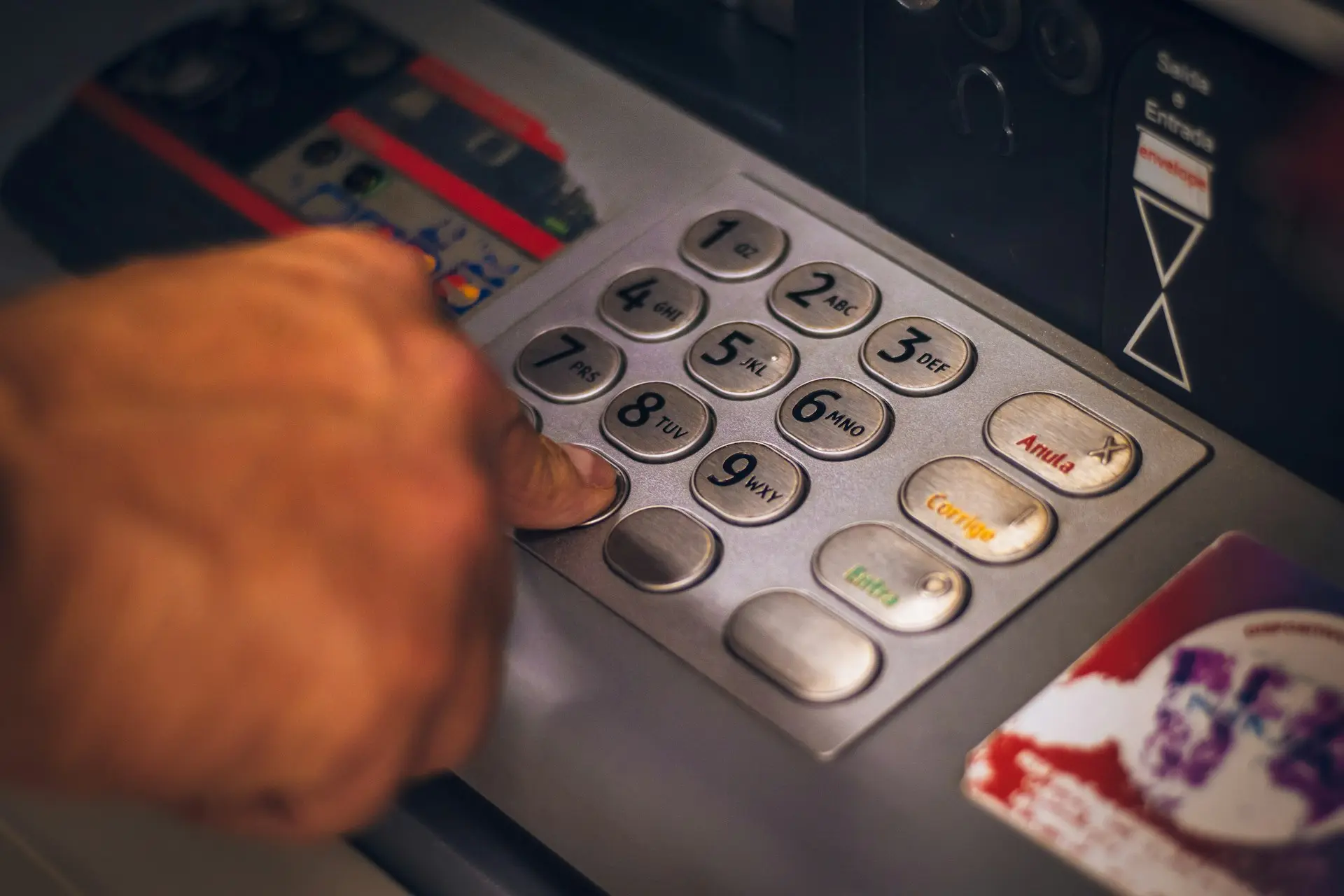When Can The Leader Classify Loan Account as Fraud

In the world of banking wherein financial transactions take place in a large number, keeping activities safe from fraud becomes crucial. However, a question arises as to how do lenders know when a loan is fraudulent? Let’s take a look at this perspective.
Understanding Loan Fraud:
Loan fraud is considered a practice wherein one person tricks a bank into giving them money dishonestly. It happens in all kinds of loans, like home loans, personal loans, or credit cards. The process of tricking the banks may involve lying about financial conditions, using fake IDs, or forging documents.
Signs of Loan Fraud:
Due to the nature of their services, banks might face difficulties in accessing every loan account to find out which is a fraud one. However, there are some cues that must alert a lender:
False Information: If the person who has secured the loan has lied about their financial situation, which includes over assessing or under accessing their income, it could be fraud. Hence, banks must undertake rigorous due diligence.
Identity Theft: When a loan is secured using someone else’s id rather than personal id,this must raise concern about the authenticity of the transaction.
Fake Documents: Forged documents or lack of essential documents is a sign of concern.
Strange Activity: A person who has secured a loan or in the process of securing a loan and who has been parallelly engaged in applying for a lot of different loans all at once or who is known to change the terms of a loan very frequently could be suspicious.
What Lenders Must Do:
The above activities can be an indication which can help banks can to filter out such kinds of transactions from normal ones. Once they know these accounts require extra attention, they need to do the following:
Documentation and Evidence: Lenders should keep a record of all important details like important documents and the transactions undertaken by these accounts and gather proof if they suspect fraud.
Legal and Regulatory Compliance: Lenders must follow all the applicable laws without any excuse. They are required to promptly report fraud to the authorities and submit all required documents which are relevant for the investigation.
Risk Assessment: It is the responsibility of these institutions to follow various risk assessment approaches for risk mitigation and securing their economic health. It includes initiating fraud prevention measures, suspending or terminating fraud loan accounts, and providing loans only after a complete background check of the customer.
Customer Due Diligence: In order to mitigate the risk of loan frauds, the economic institutions mustimplement robust customer due diligence processes that can help them identify and prevent loan fraud at an early stage. This involves verifying the identity of borrowers, document verification and monitoring account activity for suspicious behavior.
Classification of frauds
In order to have uniformity in reporting, frauds have been classified by RBI in its Master Directions on Frauds, based mainly on the provisions of the Bharatiya Nyaya Sanhita (erstwhile Indian Penal Code):
- Misappropriation and criminal breach of trust.
- Fraudulent encashment through forged instruments, manipulation of books of account or through fictitious accounts and conversion of property.
- Unauthorised credit facilities extended for reward or for illegal gratification.
- Negligence and cash shortages.
- Cheating and forgery.
- Irregularities in foreign exchange transactions.
- Any other type of fraud
When can banks classify loan accounts as fraud?
The initial decision to classify any standard or Non Performing Asset account as Red Flagged Account (‘RFA’) or Fraud lies with the bank in which the fraud account exists. It is the responsibility of the bank to report the RFA or Fraud status of the account on the Central Repository of Information on Large Credits (CRILC) platform so that other banks are alerted. In case it is decided at the individual bank level to classify the account as fraud straightaway at this stage itself, the bank then has to report the fraud to RBI within 21 days of detection and also report the case to CBI/Police, as is being done hitherto.
Right of Borrowers
Recently in a case which came up for hearing in the Supreme Court challenging the Reserve Bank of India’s (RBI) 2016 directions on ‘Frauds Classification and Reporting by Commercial Banks and Select Financial Institutions’, the bench was faced with the question wherein the borrowers were not given a chance to defend themselves before their accounts were labeled as fraudulent. The bench held that while a hearing is not necessary prior to filing an FIR, it is important to read principles of natural justice into the ‘Master Directions on Frauds’ to prevent any arbitrary actions.
The court stated that when an account is classified as fraud, it results in multiple consequences for the borrower. Initially they have to face criminal and civil proceedings when the incident is reported to investigating agencies and also it might happen that this will result in blacklisting and designating the borrower as unworthy of credit by banks.
“When a borrower’s account is classified as fraudulent under the Master Directions on Frauds, it essentially results in a freeze on their credit. This means they are prohibited from obtaining financing from financial and capital markets. The inability to raise funds could be devastating for the borrower, potentially leading to severe consequences such as financial ruin and loss of rights protected under Article 19(1)(g) of the Constitution. Debarment prevents a person or entity from exercising their rights and privileges, so it is crucial that the principles of natural justice are followed. The individual facing debarment should have the opportunity to present their case and be heard before any action is taken.”
As far as the right of borrowers of being heard is concerned, the Court ruled that the principle of audi alteram partem, meaning “hear the other side”, cannot be overlooked in the Master Directions on Frauds. Hence, the lender banks have to give borrowers a chance to defend themselves before labeling their account as fraudulent. It is true that the Master Directions on Frauds do not specifically prescribe for the borrowers to have a chance to defend themselves before their accounts are labeled as fraudulent but the court said that the principle of audi alteram partem must be applied to ensure that the borrowers are not unfairly treated.
Conclusion:
Identifying a loan fraud is very important in the banking industry to uphold trust and safety placed in the lending activity and ensuring the good health of the economy. By identifying the indicators like inaccurate information, fake identities, or unusual behavior, lenders can act quickly to safeguard themselves. Establishing proper procedure is key in addressing potential fraud instances, guaranteeing that borrowers are given a chance to advocate for themselves and uphold their entitlements. Since many matter are prone to become adversarial, it is important for the lender to choose the right long-term legal partner to efficiently defend their claims.
By entering the email address you agree to our Privacy Policy.



